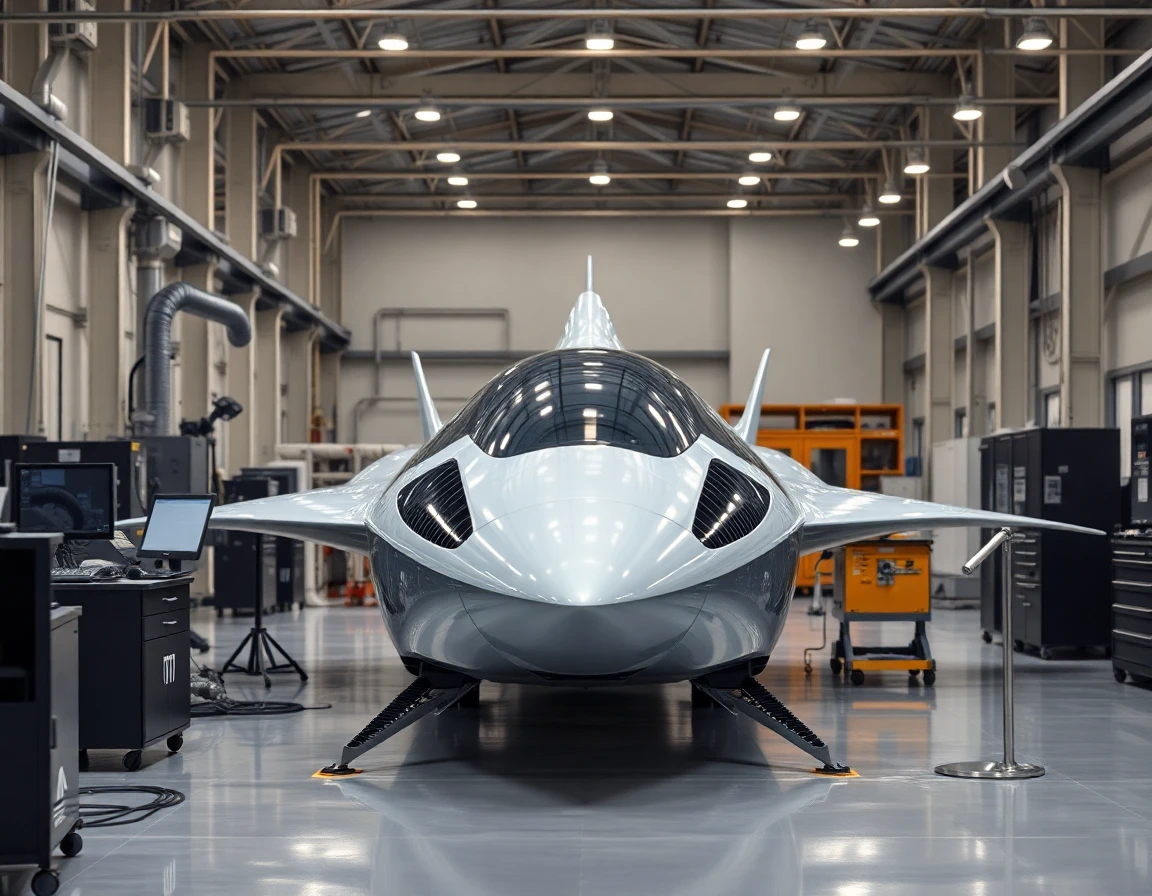Hypersonic technology, characterized by speeds exceeding Mach 5, is rapidly evolving and transforming the landscape of modern defense systems. As nations race to develop and deploy hypersonic vehicles, the implications for global security and military strategy are profound.
What is Hypersonic Technology?
Hypersonic technology refers to vehicles and munitions that travel at speeds greater than five times the speed of sound. Unlike traditional ballistic missiles that follow a predictable parabolic trajectory, hypersonic weapons can maneuver in-flight, making them significantly harder to detect and intercept. This capability poses new challenges to existing defense systems and requires innovative countermeasures.
Recent Developments in Hypersonic Technology
Recent advancements have seen countries like the United States, Russia, and China making significant strides in hypersonic research and development. For instance, the U.S. Department of Defense has invested heavily in programs like the Hypersonic Technology Demonstrator Vehicle (HTDV) and the Air-Launched Rapid Response Weapon (ARRW). These initiatives aim to enhance the speed and accuracy of military operations, providing a tactical advantage in conflicts.
Integration with Modern Defense Systems
To ensure the effectiveness of hypersonic weapons, their integration with advanced defense systems is crucial. This includes the development of robust radar systems capable of detecting and tracking hypersonic objects. Traditional radar systems may struggle with the speed and maneuverability of hypersonic vehicles, necessitating new technologies such as phased array radar and high-frequency radar systems that can better adapt to these fast-moving threats.
Role of Advanced Sensors
The accuracy of hypersonic technology heavily relies on precision guidance, which is enabled by advanced inertial navigation systems. These systems integrate various algorithms and sensor data to provide real-time information on the vehicle’s position and orientation, crucial for maintaining the trajectory during flight. For instance, a high-performance dual-axis MEMS gyroscope can substantially improve navigation performance by offering precise angular rate measurements, which are essential for stabilizing hypersonic vehicles.
Challenges and Countermeasures
Despite the promising potential of hypersonic technology, several challenges remain. One of the primary issues is the thermal management systems required to protect vehicles during high-speed flight. The extreme temperatures generated at hypersonic speeds can damage materials, necessitating the development of advanced thermal protection technologies.
Moreover, the ability to counter hypersonic threats is an area of intense focus for defense analysts. Countries are exploring various countermeasures, including directed energy weapons and advanced missile interception systems that can react at unprecedented speeds.
Expert Insights
According to Dr. Emily Carter, a leading researcher in hypersonic technology at the Defense Advanced Research Projects Agency (DARPA), “The integration of hypersonic technology into our military capabilities is not just about speed; it’s about creating a strategic advantage. The ability to strike quickly and accurately can change the dynamics of modern warfare.”
Future Implications of Hypersonic Technology
As hypersonic technology continues to evolve, its implications for global security are significant. The potential for rapid military response and enhanced strike capabilities may reshape international relations and defense strategies. Nations may find themselves in a new arms race focused on hypersonic capabilities, driving further innovation and competition in this field.
Conclusion
Hypersonic technology represents a paradigm shift in defense capabilities. With ongoing advancements in navigation, radar systems, and thermal management, the military applications are vast and complex. As countries invest in these technologies, the trajectory of modern warfare may be irrevocably altered, necessitating new strategies and technologies to counter emerging threats. The race for hypersonic supremacy is on, and its outcome will undoubtedly impact global security for generations to come.
References
-
hypersonic technology Research - defensenews.com (defensenews.com)
-
hypersonic technology Research - aviationweek.com (aviationweek.com)
-
hypersonic technology Research - spacenews.com (spacenews.com)



